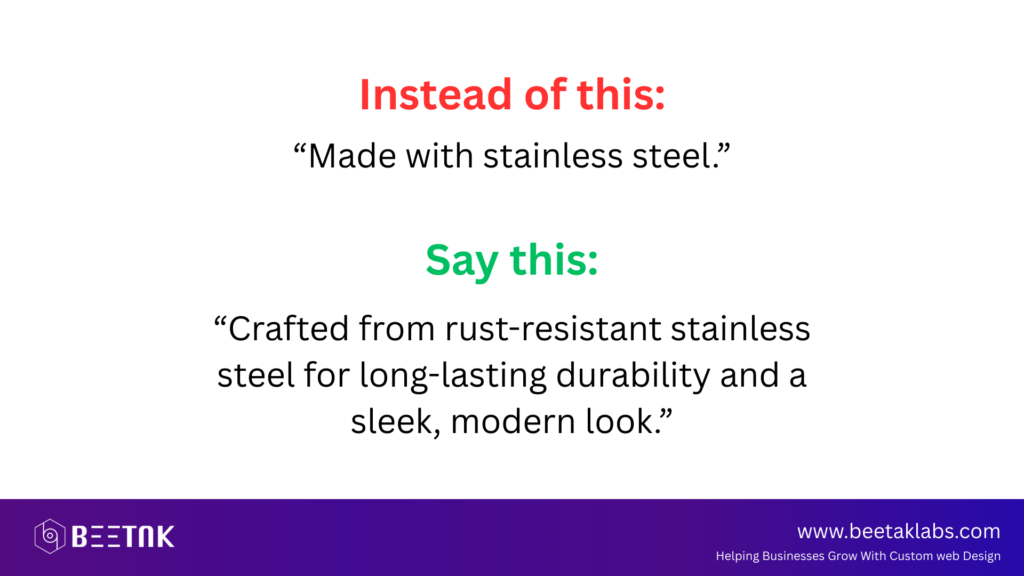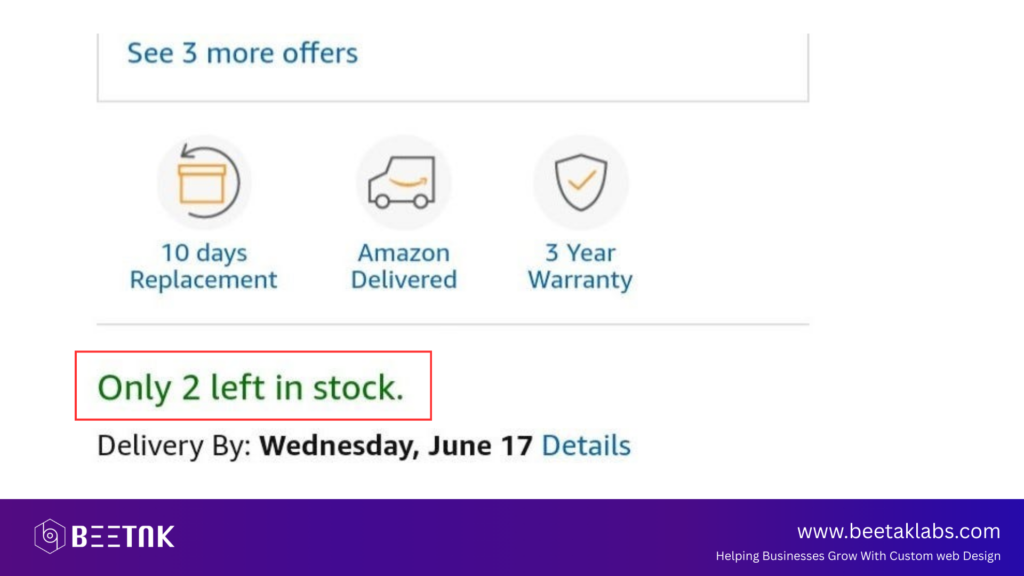Introduction
In a world where online shopping dominates, product descriptions can make or break a sale. Your images might grab attention, but it’s the product copy that ultimately convinces customers to click “Add to Cart.” Whether you run a small e-commerce store or manage a large digital catalog, knowing how to write persuasive, benefit-driven product descriptions is a must.
In this guide, you’ll learn how to write product descriptions that turn browsers into buyers—every time.
Why Product Descriptions Matter More Than You Think
Many businesses underestimate the power of a great product description. It’s not just about listing specs—it’s about communicating value, addressing pain points, and guiding purchasing decisions.
A good product description:
- Enhances SEO visibility
- Builds trust and clarity
- Helps differentiate your product
- Increases conversion rates
Shoppers today are smarter and more skeptical. They need more than just a pretty photo—they need to know why your product is worth buying.
Understand Your Target Audience
Before you write a single word, understand who you’re talking to. Ask yourself:
- What is their age, gender, and lifestyle?
- What problem are they trying to solve?
- What tone and language will they respond to?
For example, tech-savvy buyers may want detailed specs, while fashion buyers might care more about the look, feel, and how it fits into their style.
Tailoring your copy to match your audience’s expectations makes your message feel personal and relevant.
Focus on Benefits, Not Just Features
One of the biggest mistakes in product copy is listing features without explaining why they matter.

Paint a picture of how the product fits into the customer’s life. Answer the silent question: “What’s in it for me?”
Use Clear, Engaging Language
Your tone and word choice should reflect your brand personality, but also be clear and easy to digest.
- Use sensory words to spark imagination (e.g., “buttery soft,” “crisp, clean finish”).
- Keep sentences short and punchy.
- Avoid jargon unless your audience expects it (like in tech or medical fields).
- Use power words like exclusive, proven, guaranteed, luxurious, essential to evoke emotion.
Incorporate SEO Best Practices
To attract organic traffic, your product descriptions need to include the right keywords—but naturally.
- Do keyword research to find terms people search for
- Include your main keyword in the product title, first paragraph, and at least once more
- Use related terms and phrases for better semantic SEO
Example: If you’re selling a yoga mat, include words like non-slip, eco-friendly, exercise mat, home workout, etc.
Pro Tip: Use tools like Ubersuggest or AnswerThePublic for keyword ideas.
Leverage Social Proof & Urgency
Adding reviews, ratings, or customer testimonials within or below your product description increases trust and credibility. Highlight how others are benefiting from your product.
Also, create urgency or scarcity when appropriate:
- “Only 3 left in stock!”
- “Limited edition—won’t be restocked.”
- “Over 1,000 sold this month!”

This encourages quicker decision-making without sounding pushy.
Make It Scannable
Online shoppers skim. Structure your content to make it easy to read quickly:
- Use short paragraphs (2–4 lines max)
- Break up text with subheadings
- Use bold to highlight key points
- Include bullet points for lists (e.g., dimensions, what’s included)
You can also add icons or visuals to make the description more interactive and engaging.
Don’t Forget the Technical Details
While emotional selling is key, always include important specs and facts. These help reduce purchase hesitation and return rates.
Depending on your product, this might include:
- Dimensions and weight
- Materials used
- Care instructions
- Warranty info
- Shipping and return policies
Make these easy to find—perhaps in a collapsible section or below the main description.
Test, Analyze, Improve
Even great copy can be improved. Use A/B testing to try different versions of your product descriptions and see what performs best. Track metrics like:
- Time spent on page
- Conversion rate
- Bounce rate
Use heatmaps or tools like Google Analytics to understand how users interact with your content.
Final Thoughts
Writing product descriptions that convert is part art, part strategy. It’s about connecting with your audience, highlighting the true value of your product, and guiding them confidently toward a purchase decision.
Done right, your descriptions don’t just describe—they sell.
To learn more, check out these posts:
How to Build a Profitable E-commerce Website from Scratch
How to Create a Content Marketing Strategy That Boosts Conversions



